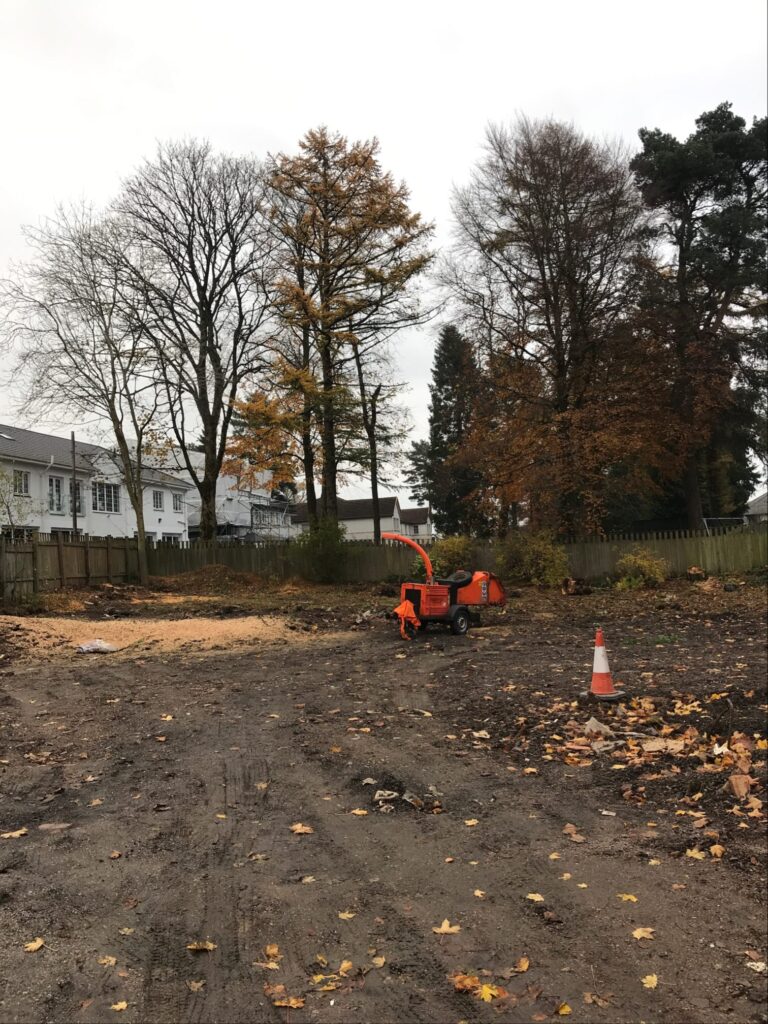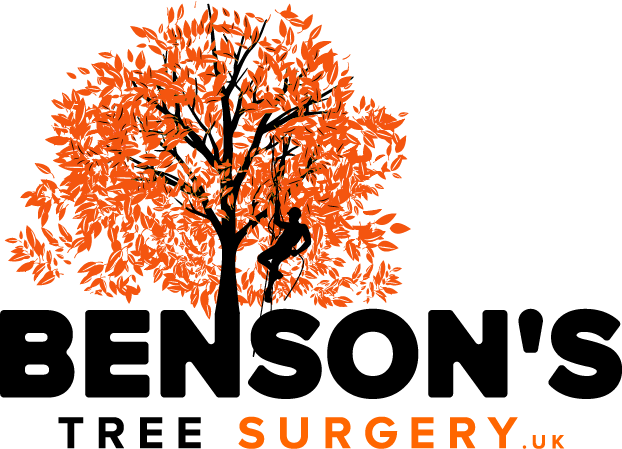What is Expected from a Commercial Tree Surgeon Service?
After the Storm...
A massive oak tree, weakened by storms, leans dangerously over a busy car park. The council calls a tree surgeon. Within hours, a team arrives—chainsaws, rigging ropes, and a wood chipper in tow. By the end of the day, the tree is gone, the area is safe, and the wood is recycled into mulch.
That’s the kind of efficiency and expertise a commercial tree surgeon brings. But what exactly should you expect when hiring one? Whether you’re a property developer, a farmer, or a facilities manager, knowing the ins and outs of professional tree work can save you time, money, and headaches.

1. The Right Skills & Qualifications (No Cowboy Operators!)
Let’s be honest—anyone with a chainsaw can call themselves a tree surgeon. But would you trust them with a 50-foot beech tree next to your office building? Probably not.
A proper commercial tree surgeon should have:
NPTC or LANTRA certifications – Proof they’ve been properly trained.
Insurance (public & employer’s liability) – If something goes wrong, you don’t want to foot the bill.
Experience with big jobs – Felling a backyard tree is one thing; clearing a woodland for a construction site is another.
Choosing an amateur tree surgeon, or someone with just a chainsaw, could potentially run your damages to thousands ifsomething goes wrong. A tree falling on a shed is only a shed, but there are more wider ranging concerns. There is the serious posibility that lives are put at risk because of poor management or the expertise to see a potential problem waiting to happen.
Actionable Tip: Always ask for proof of qualifications before hiring a Commercial Tree Surgery and Site Clearance business. A legit company will happily show them
2. The Right Equipment (No, a Ladder and Handsaw Won’t Cut It)
Commercial tree work isn’t just about cutting—it’s about doing it safely and efficiently. That means proper gear:
Chippers – Turning branches into usable mulch, not a messy pile.
Stump grinders – Because leaving stumps behind is just lazy.
Cranes & rigging systems – For tricky jobs near buildings or power lines.
There is the important question on what happens to all the collected materials too. Who clears away what and how can it be properly recycled instead of abandoned on site or worse, by the side of the road.
Actionable Tip: Ask what equipment they’ll use. If they’re still relying on ladders and hand tools for big jobs, walk away.
3. Safety First (Because Accidents Aren’t Cheap)
Tree surgery is one of the most dangerous jobs in the UK. A single misjudged cut can cause serious injury—or worse.
A professional commercial tree surgeon will:
Wear full PPE (helmets, gloves, chainsaw trousers).
Use traffic management if working near roads. (Our main home page shows this in real detail!)
Assess risks before starting (checking for rot, weak branches, power lines).
I remember a job where a tree had hidden decay. The team spotted it, adjusted their plan, and avoided what could’ve been a nasty collapse. That’s the difference between pros and amateurs.
Actionable Tip: If a tree surgeon turns up in jeans and trainers, send them packing. Safety isn’t optional.
4. Clear Communication (No Surprise Costs!)
Ever hired a tradesman who kept adding “extras” to the bill? Yeah, it’s frustrating. A good commercial tree surgeon will:
Give a clear quote upfront (including waste removal).
Explain the process – Will they need road closures? Permits?
Stick to deadlines – Delays cost money, especially on big projects.
An underestimated job leads to delays and more importantly work which is incomplete and normally left untidy. Proper planning by a commercial tree surgeon saves thousands and allows customers and businesses to understand the costs and dangers upfront. Even Storm Damage Tree Removal Services require a clear understanding of the dangers and more importantly a timeframe when things will get back to normal again.
Actionable Tip: Get everything in writing—costs, timelines, and what’s included
5. Eco-Friendly Practices of Commercial Tree Surgeons (Because Sustainability Matters)
Gone are the days of just chopping and dumping. Modern tree surgeons should:
Recycle wood (turning it into chips or biomass fuel).
Replant where possible – Some firms even offer replanting schemes. We do and it works.
Avoid unnecessary removals – Sometimes, pruning is better than felling.
With all the commercial jobs we carry out we plant trees to rejuvinate our beloved Scotland and keep our environment green. We offer to guide business on how to replant native trees after the clearing land.
Actionable Tip: Ask how they handle waste. If they just burn or dump it, consider looking elsewhere and support our beautiful landscape.
Final Thought: You Get What You Pay For
Hiring the cheapest tree surgeon might save you money today… but it’ll most likely cost you later. A professional, well-equipped, and safety-conscious team might charge more, but they’ll get the job done right—first time.
So next time you need trees removed, ask the right questions. Check their tickets. Inspect their gear. And if something feels off, trust your gut.
Because when it comes to tree work, cutting corners is the quickest way to disaster.
In short: Need a reliable commercial tree surgeon, look for certifications, insurance, and real experience—not just the lowest price. Your trees (and your wallet) will thank you.
